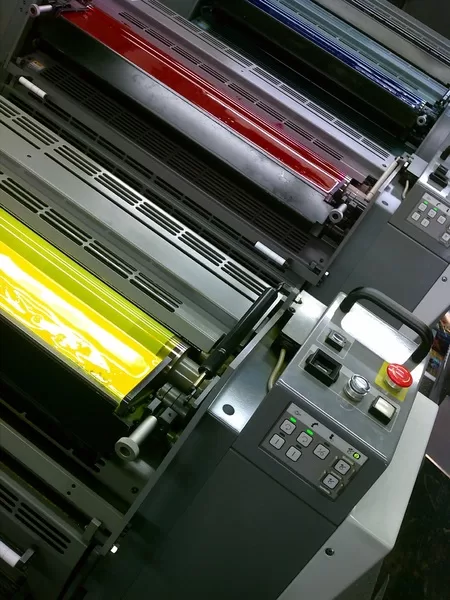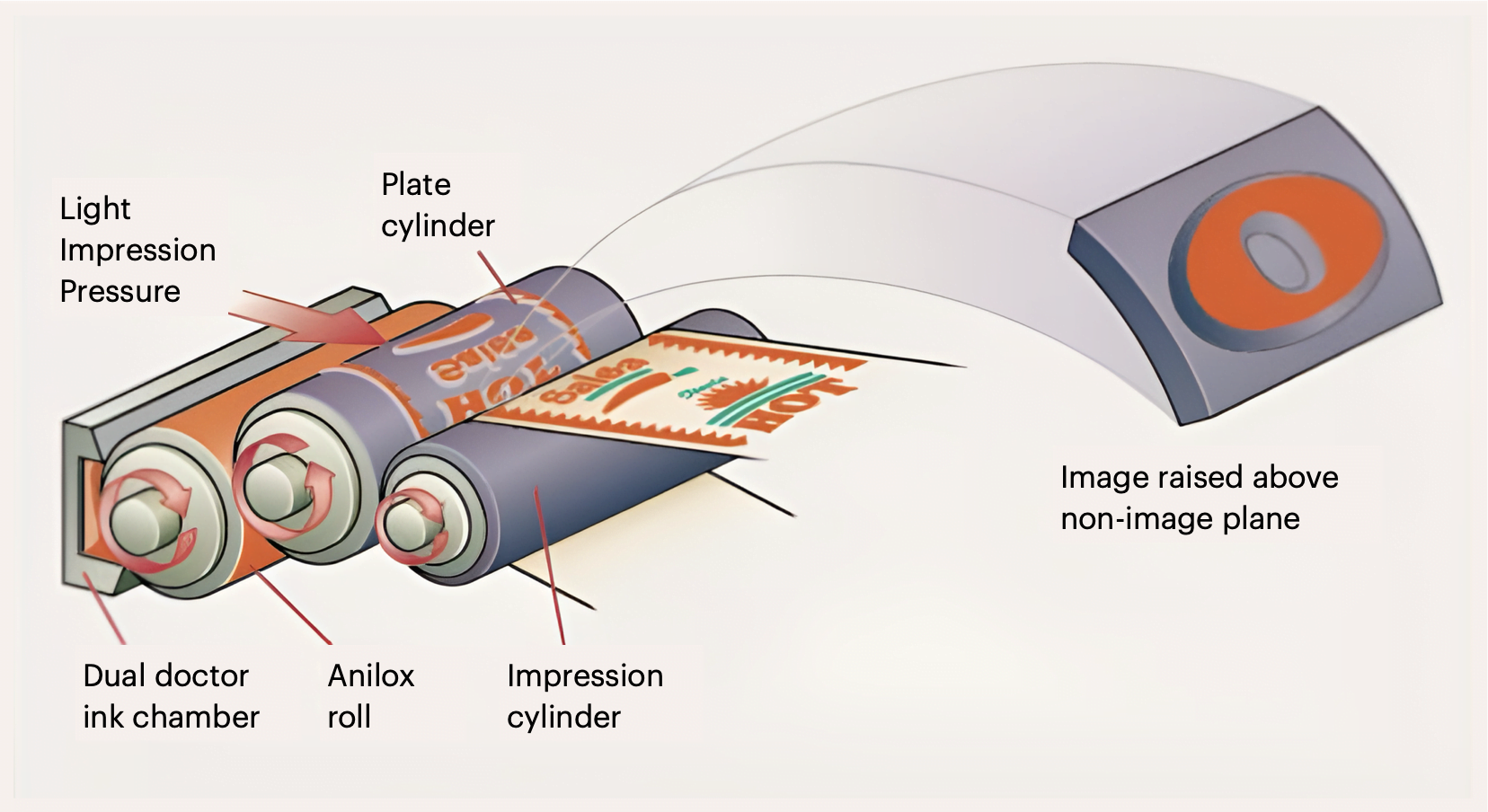Varnishing in flexo printing is an important finishing process that enhances both the aesthetic and functional properties of printed materials. This coating adds a protective layer to the printed surface, making it durable and resistant to various forms of damage such as scratching, moisture and chemical exposure. Flexo printing, known for its versatility and efficiency, benefits greatly from varnish coatings that can enhance the quality of the final product, making it critical for printers to understand varnish.
Application Techniques
There are two main varnishing techniques used in flexo printing: flood and spot.
In flood varnishing, the entire surface of the printed material is covered with varnish. This method ensures that the entire piece is uniformly in protection and visually enhanced. It is particularly useful for large area prints where full coverage is desirable. Flood varnishing not only provides an overall finished look, but also ensures that the entire surface is uniformly in protection against stress and wear.
Spot varnishing, on the other hand, stands for applying varnish to specific areas of the printed material. This technique allows for creative control and design enhancements. For example, certain elements of a print, such as logos, images or specific sections of text, can come into highlight by applying coating only to these areas. As well as adding a tactile dimension, spot varnishing makes these elements stand out visually, adding a level of sophistication to the design. Spot varnishing can also help to create a contrast between gloss and matt areas on the same print, creating a unique visual and textural interplay.
Varnish Finish Types
Varnishes come in a variety of types, each giving the printed material a different finish and set of properties. The most common types are gloss, matte and satin varnishes, each serving a different purpose depending on the desired outcome of the print job.
Glossy Varnish
It gives the printed surface a glossy, reflective finish that enhances the vibrancy of colours and images. This type of varnish is ideal for creating eye-catching prints that attract immediate attention. As well as enhancing colour contrast, gloss varnishes add a professional and polished look to marketing materials, packaging and high-end publications. The downside is that it can be prone to glare and fingerprints, so it may not be suitable for all applications.
Matt Varnish
It provides a non-reflective, subdued finish that exudes elegance and sophistication. It reduces glare, making it a good choice for prints that will be viewed in bright light or for sophisticated, subtle designs. Matte varnish also tends to hide fingerprints and smudges better than gloss, maintaining a cleaner appearance over time. This type of coating is favourable for high-end brochures, luxury packaging and any print job where a refined aesthetic is desirable.
Satin Varnish
It strikes a balance between gloss and matte, offering a soft sheen that enhances the print without being overly obtrusive. This versatile varnish offers moderate levels of reflectivity and colour enhancement, making it a popular choice for a wide range of applications. Satin varnish is often necessary when a compromise is unavoidable, offering both aesthetics and practicality. It is ideal for magazines, catalogues and other materials that require a visually appealing yet practical finish.
Conclusion
The importance of varnish in flexo printing cannot be overstated. Not only does it protect the printed material, ensuring longevity and durability, but it also significantly enhances its visual appeal. By choosing the right application technique and type of varnish, printers can achieve different effects to suit their specific needs and preferences.
Varnishes add to the professionalism and quality of the final product, making them an essential part of the flexo printing process. Whether it is the eye-catching brilliance of a gloss finish, the understated elegance of a matte finish or the balanced appeal of a satin finish, coatings play a crucial role in the world of print. Understanding the different aspects of varnish application allows designers and printers to fully utilise this powerful tool to achieve prints that are not only beautiful, but also durable and effective.






